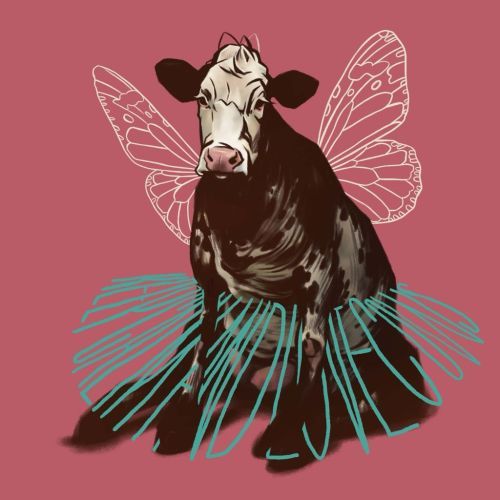Cattle breeding vs climate and the problems of US meat producers
According to the results of research by specialists from the Polytechnic University of Valencia, the carbon footprint of beef cattle in Spain per kilogram of meat produced is 66% lower than the world average, as the Food and Agriculture Organization of the United Nations (FAO) claims. According to scientists, it is influenced by the efficiency of the production system used in beef cattle breeding in Spain. Spanish beef cattle breeding also requires ⅔ less water compared to the world average.
According to the American Farm Bureau Federation (AFBF), the cattle and calf population in the U.S. is the lowest in a decade. That decline, attributed to drought, contributed to higher beef prices. Drought affects grazing conditions, disrupting the cultivation of animal feed. The United States Department of Agriculture (USDA) forecasts that the average beef consumption in the U.S. will drop to less than 25 kg per person in 2024, which is almost a kilogram less compared to last year.
The U.S. pork industry has become so efficient that demand cannot keep up with supply. According to estimates by Kansas State University, the demand for pork in the USA is 9% less than 20 years ago. At the same time, American farmers produce 25% more pork than at the beginning of the 21st century. In 2023, farmers lost, on average, about USD 30 on breeding one pig. In search of solutions, farmers and processors are looking at new foreign markets, breeding fatter and tastier pigs and promoting pork as an inexpensive and easy-to-prepare alternative to beef.























